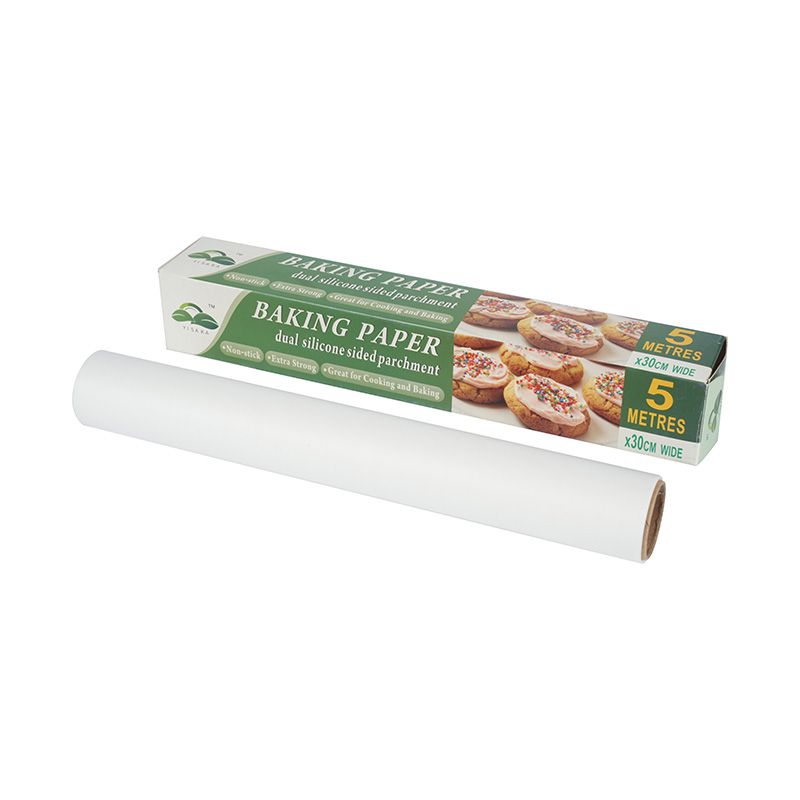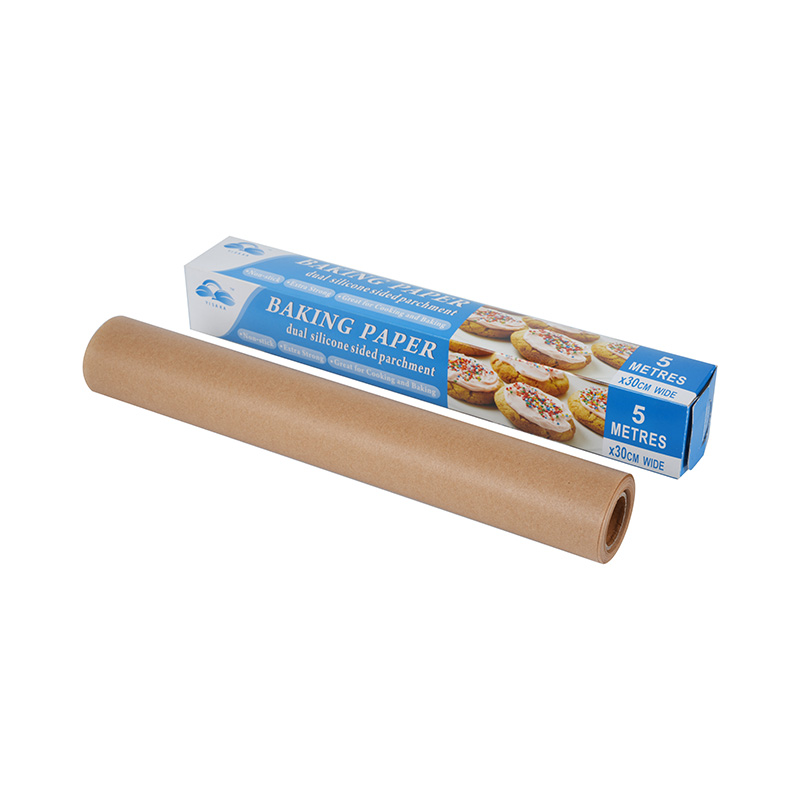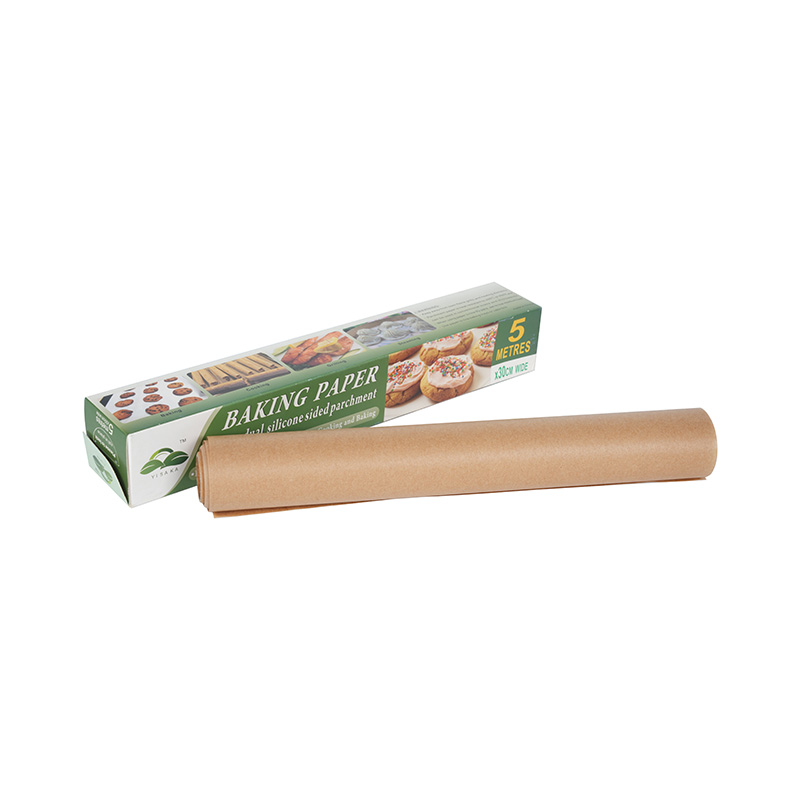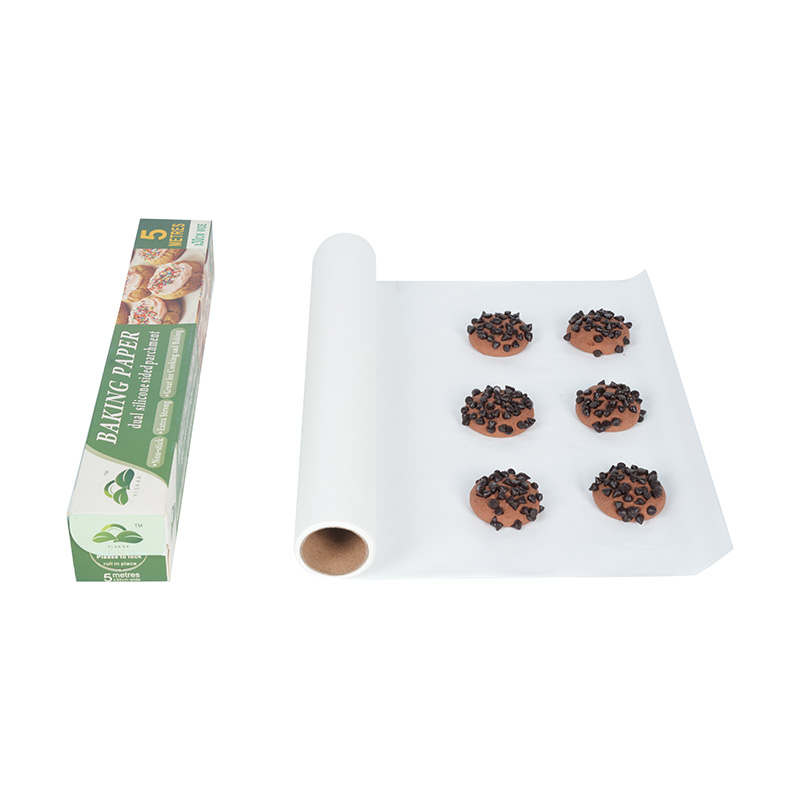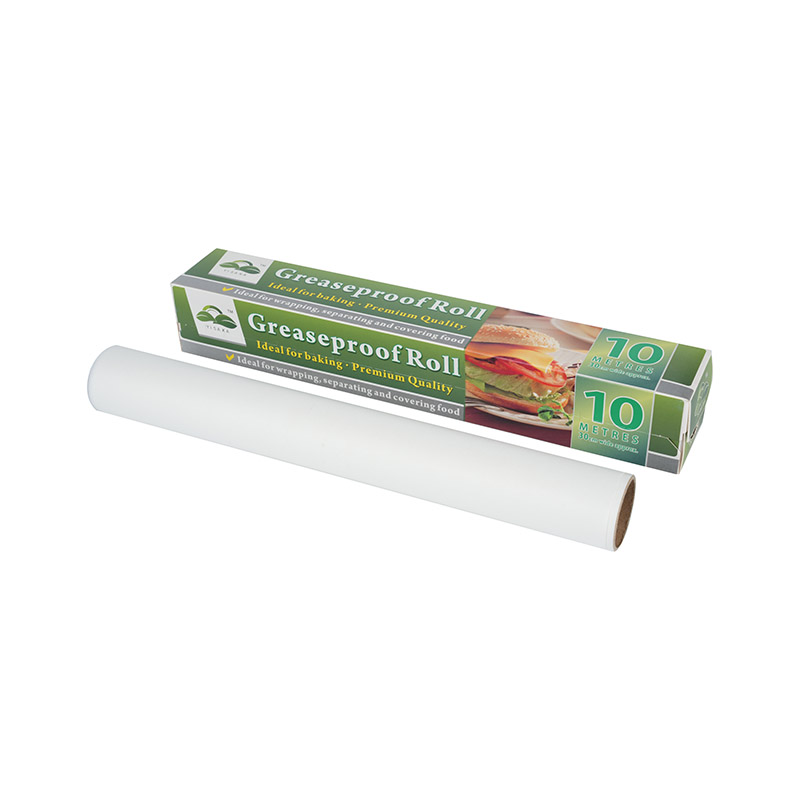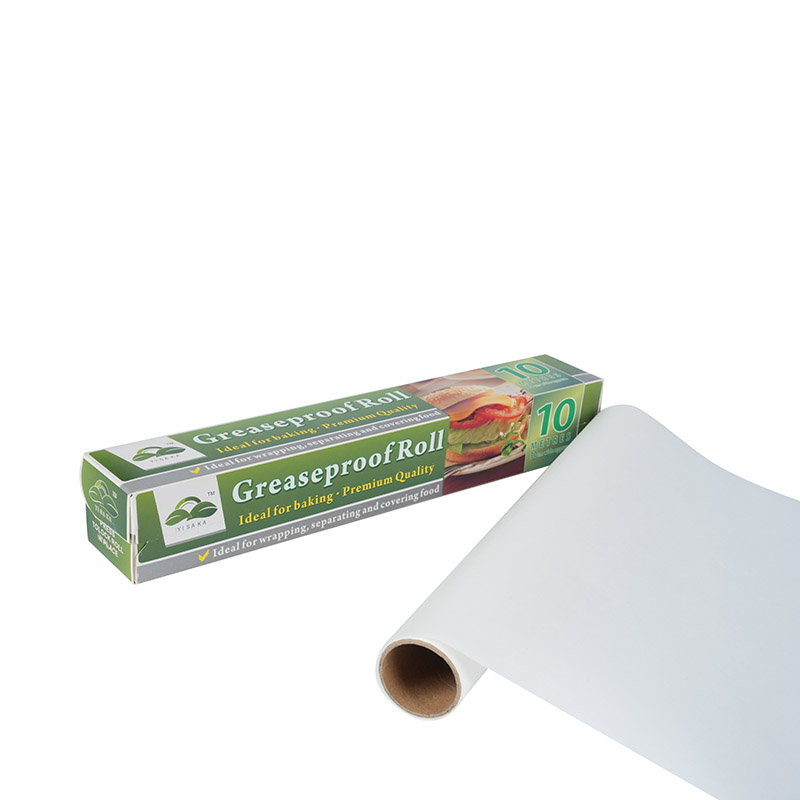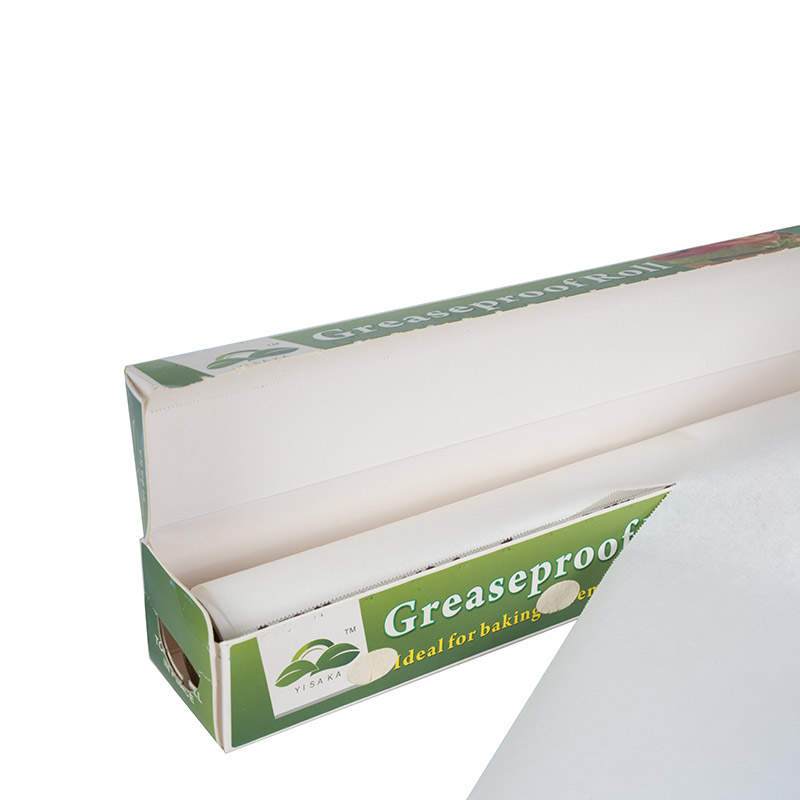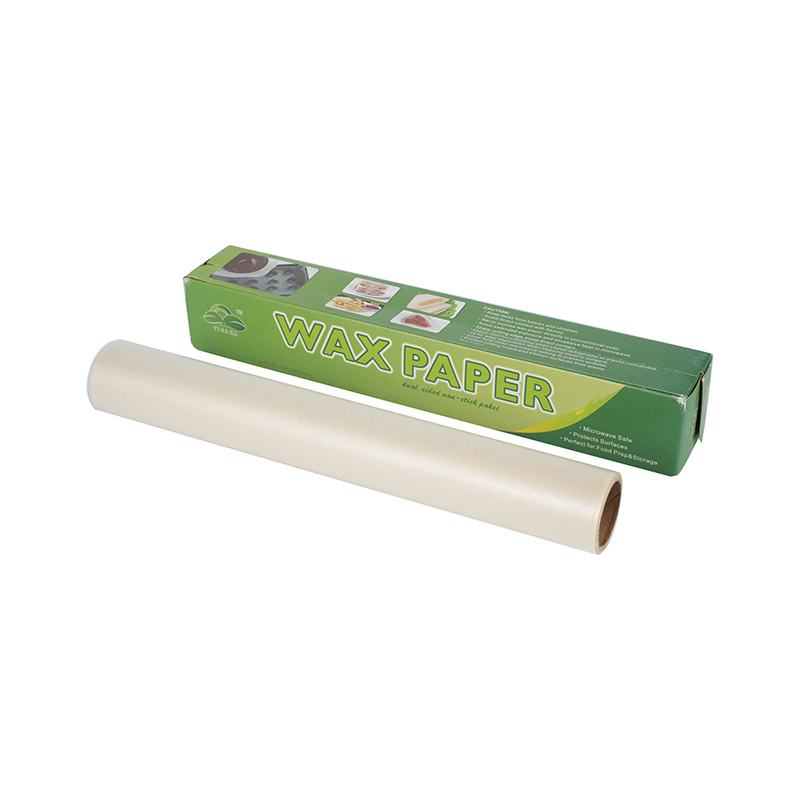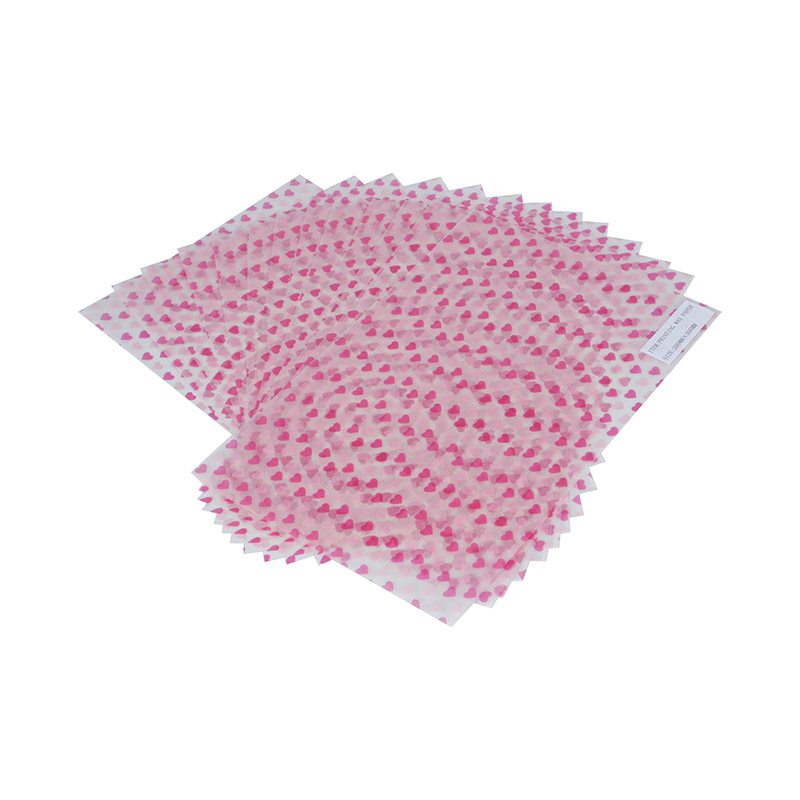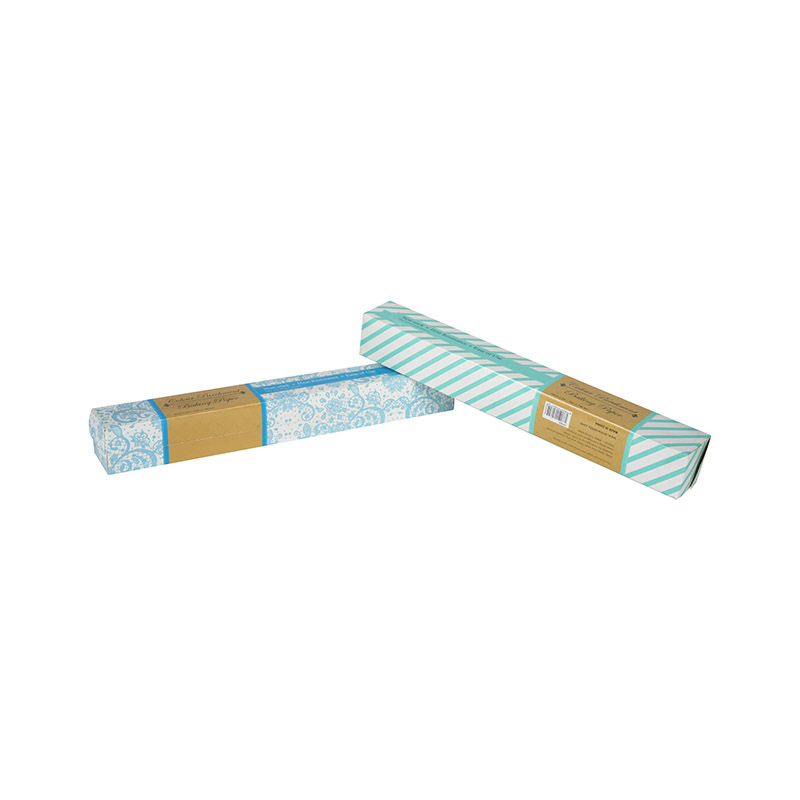When it comes to preserving food by freezing, proper preparation is key to maintaining quality, flavor, and texture. While many people turn to plastic wrap or aluminum foil, wax paper is an invaluable tool for specific freezing tasks. Its unique properties make it a professional's choice for preventing freezer burn and keeping foods from sticking together.
The Science Behind Wax Paper
Wax paper is a type of paper that has been coated with a thin, food-safe layer of paraffin or soybean wax on both sides. This coating serves two primary functions: it makes the paper moisture-resistant and non-stick.
This non-stick quality is what makes it particularly useful in a freezing environment. When you freeze foods, any moisture on their surfaces turns to ice, which can cause them to fuse together into a solid block. The wax coating on wax paper acts as a physical barrier, preventing this from happening.
Key Applications of Wax Paper in Freezing
1. Separating Individual Portions This is arguably the most common and effective use of wax paper for freezing. Instead of freezing a large batch of items in one lump, you can individually wrap or layer them with wax paper. This allows you to remove and use only what you need, without having to defrost the entire container.
-
Pancakes and Waffles: Lay a sheet of wax paper between each pancake or waffle before stacking them in a freezer bag. This prevents them from sticking, allowing you to easily pull out just one or two for a quick breakfast.
-
Cookies: If you're freezing cookie dough balls or baked cookies, place a small square of wax paper between each one on a baking sheet before they freeze. Once solid, you can transfer them to a freezer bag.
-
Meat Patties and Fish Fillets: Layering wax paper between individual hamburger patties, chicken breasts, or fish fillets is an excellent way to keep them separate. This makes it simple to grab a single portion for dinner without thawing the rest of the package.
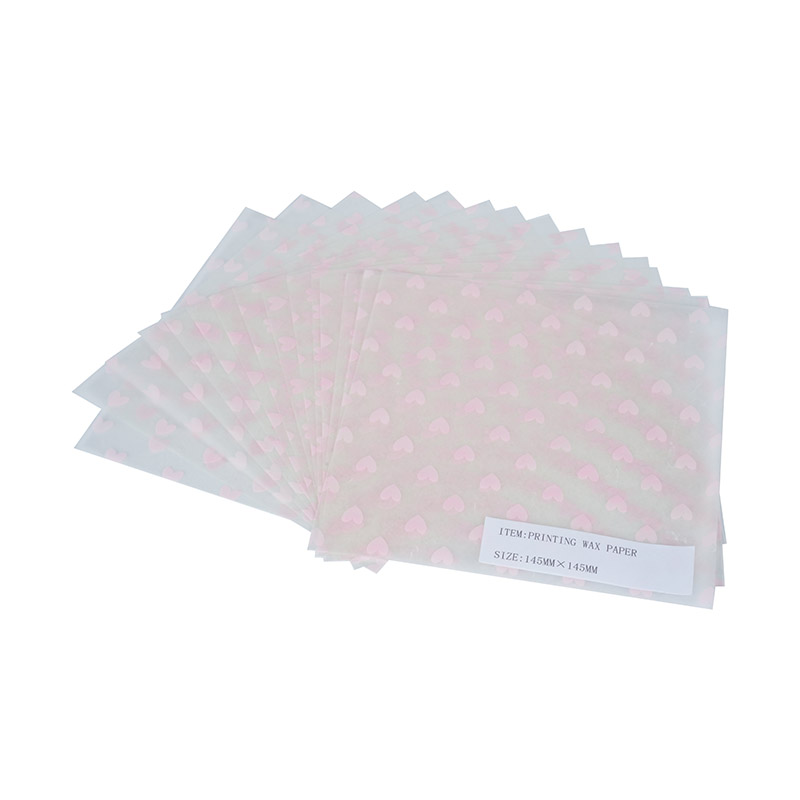
2. Preventing Freezer Burn Freezer burn occurs when food is exposed to air, causing dehydration and oxidation. While wax paper is not airtight, it can serve as an excellent inner wrap to add a layer of protection. For items you plan to freeze for a long time, wrap the item tightly in wax paper first, then overwrap with an airtight material like heavy-duty foil or a vacuum-sealed bag. The initial wax paper layer provides a non-stick surface, which is especially useful for delicate or moist foods.
3. Lining Trays for Flash-Freezing Flash-freezing is the process of freezing food in a single, solid layer on a tray before transferring it to a storage container. This ensures that items like berries, sliced fruit, or dumplings don't clump together. To do this effectively, line a baking sheet with wax paper. The wax paper prevents the food from sticking to the tray, making it easy to remove the frozen pieces once they are solid. This technique is crucial for maintaining the individual form of delicate items.
Important Considerations
While wax paper is a fantastic tool, it is not a substitute for an airtight container or bag. For long-term storage, always place your wax paper-wrapped items into a resealable freezer bag, a hard plastic container, or vacuum-sealed packaging. This will provide the necessary moisture and air barrier to prevent freezer burn and keep your food tasting its best for months to come.
In summary, wax paper is a simple but powerful tool in the professional kitchen and for home cooks alike. By using it to separate individual portions and assist in flash-freezing, you can ensure your frozen foods are easy to use and maintain their quality over time.


 English
English русский
русский